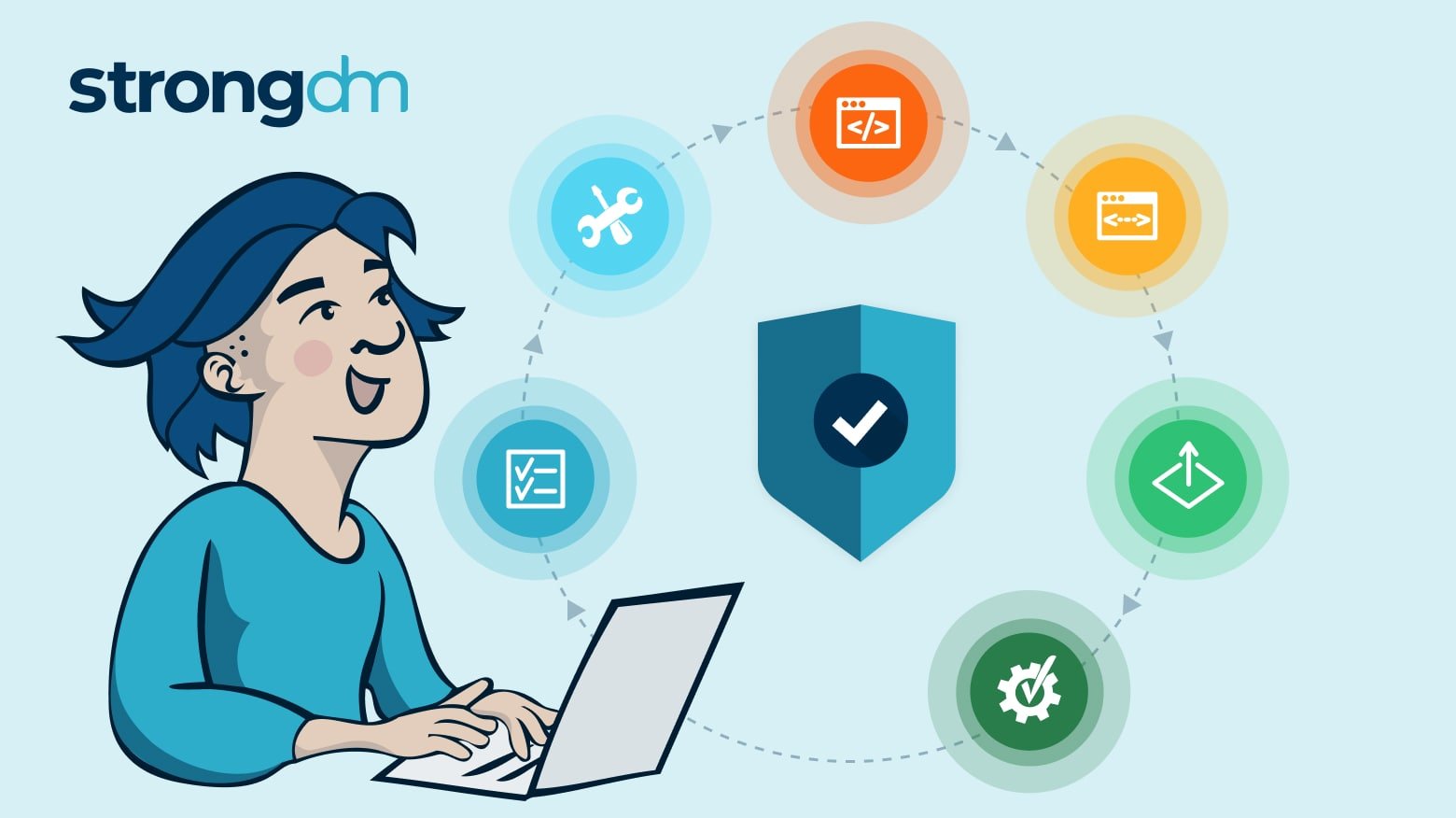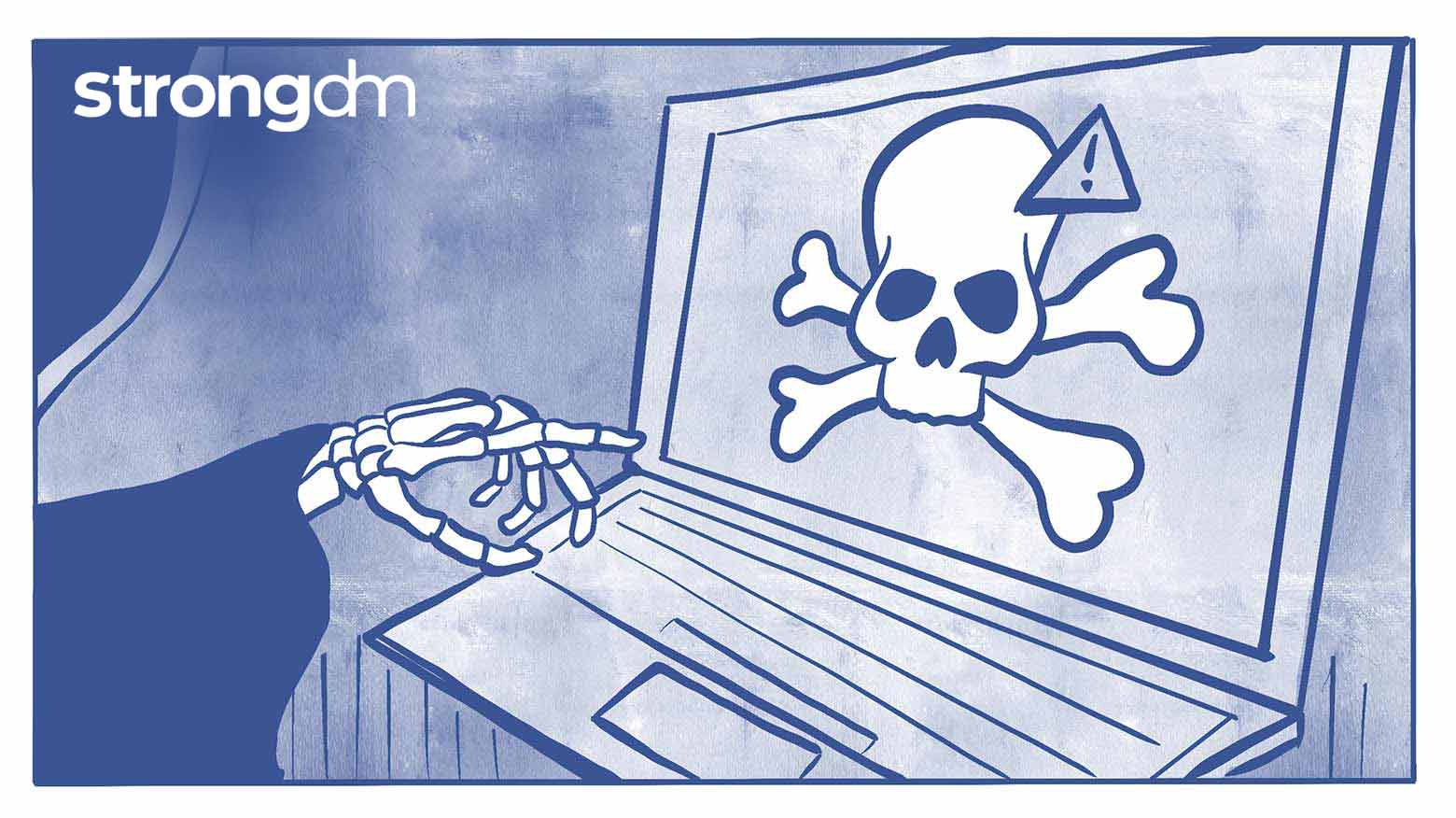A continuous integration, continuous delivery pipeline—or CI/CD pipeline—is a process workflow companies use to streamline and automate software development. A CI/CD pipeline automatically builds and tests code changes to detect bugs before the new code is merged and deployed.
Posts by Category:
- Security
- Access
- DevOps
- Privileged Access Management
- Auditing
- Zero Trust
- Compliance
- Policy
- Databases
- SOC 2
- Authentication
- Identity and Access Management
- Team
- Compare
- Engineering
- Integrations
- Product
- Kubernetes
- AWS
- Productivity
- Podcasts
- SSH
- Observability
- HIPAA
- ISO 27001
- Role-Based Access Control
- Dynamic Access Management
- Secure Access Service Edge
- Webinars
- Events
- NIST
- Onboarding
- Passwordless
- Offsites
- Platform
- PCI
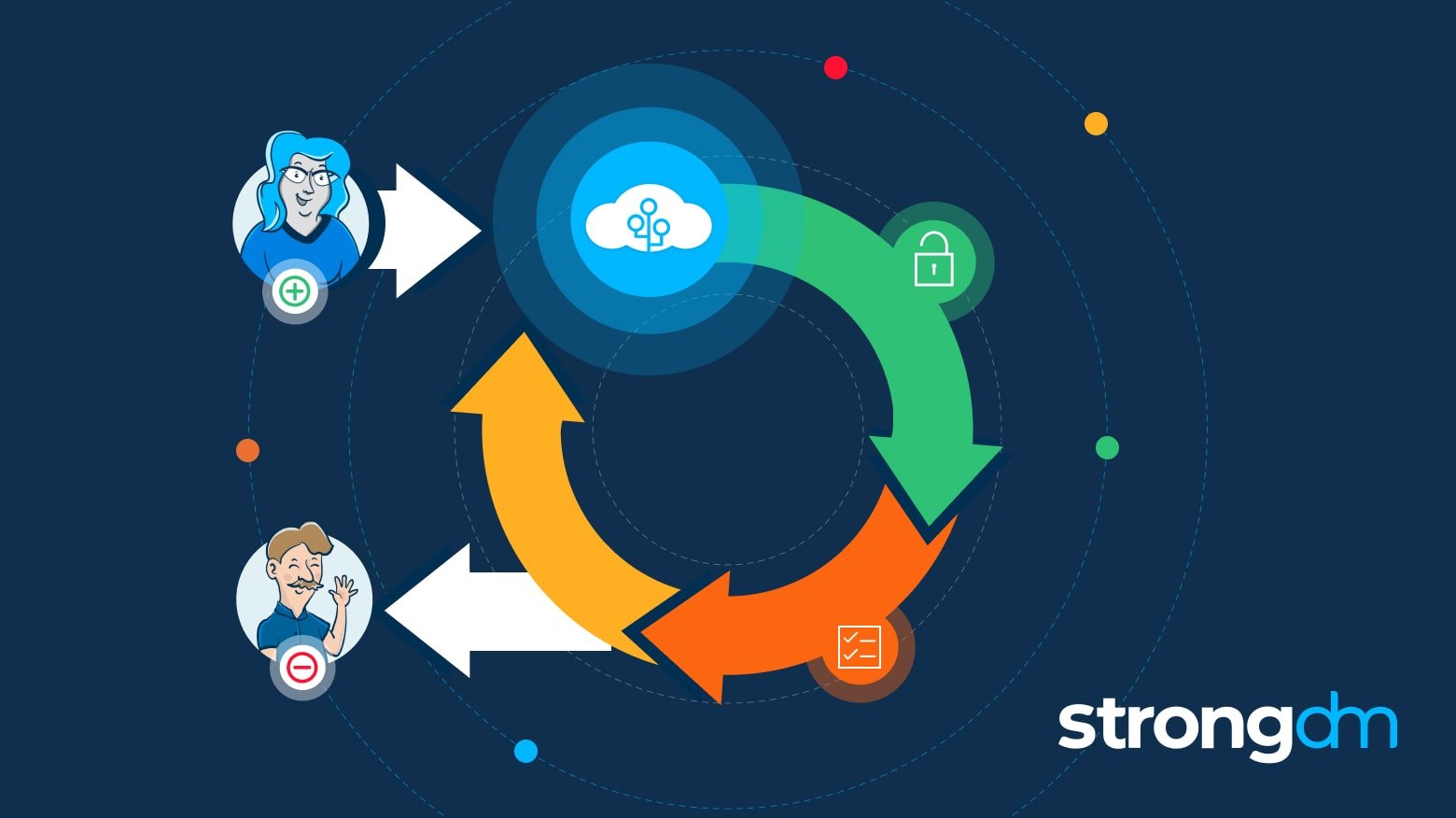
In this article, we will define SCIM and cover the basics of SCIM security. You’ll learn what SCIM stands for, how SCIM provisioning works, and why SCIM SSO is essential. By the end of this article, you will have a clear understanding of what SCIM means and how auto-provisioning via SCIM streamlines cloud identity management, increases employee productivity, and reduces IT costs.
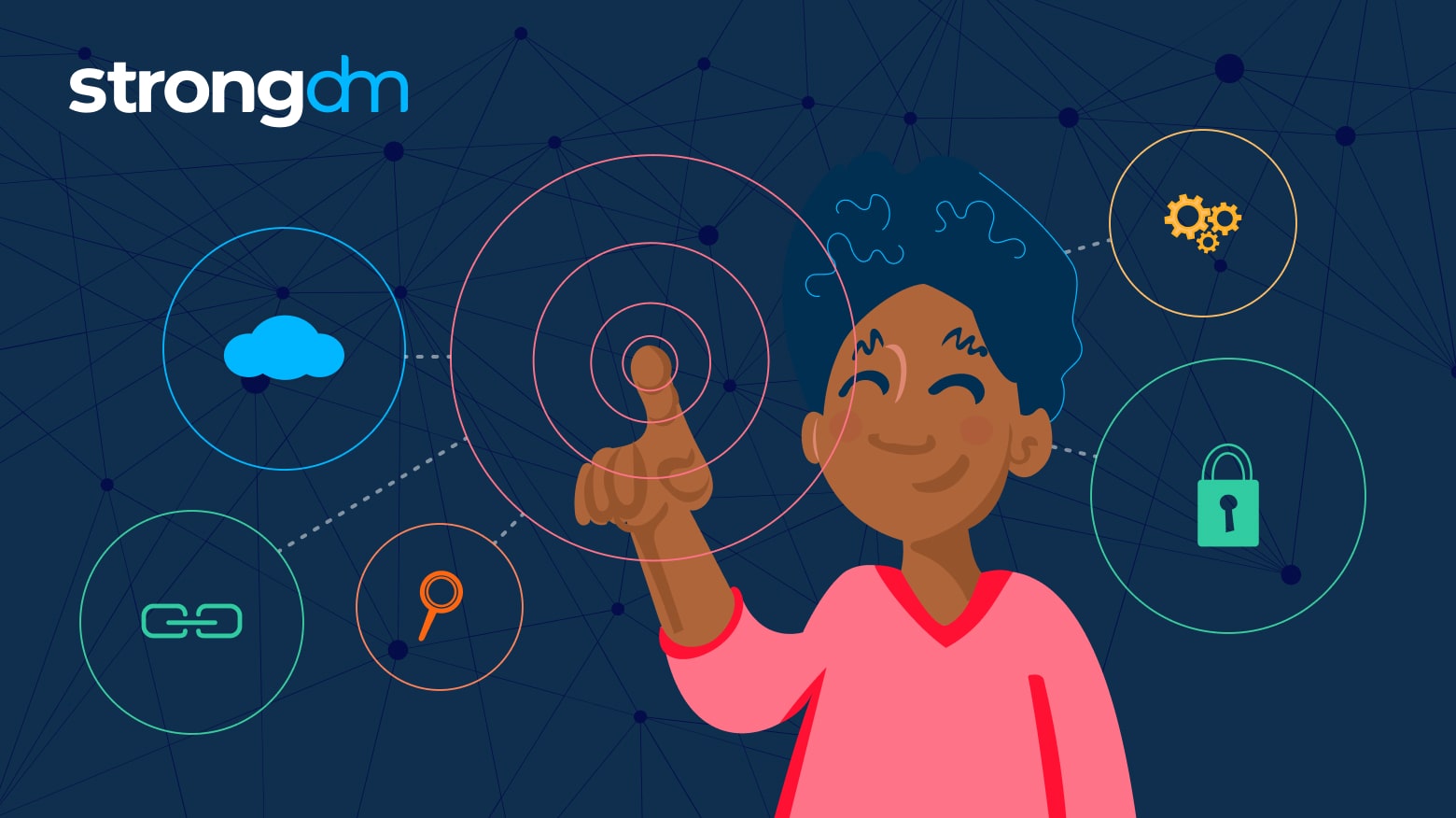
In this article, we’ll compare the top IAM solutions: StrongDM, CyberArk Identity, Okta, BeyondTrust, ManageEngine AD360, Saviynt, and Twingate. We’ll explore what business needs identity and access management solutions address, and review the pros and cons of each. By the end of this article, you’ll know how to choose the right IAM solution for your organization.

In this article, we’ll define centralized identity management and explain the difference between centralized and decentralized identity management models. We’ll explore what centralized access control is, how it works, and how centralized access management handles provisioning, authentication, and authorization. By the end of the article, you’ll know how to choose between centralized account management and decentralized models to prevent cybercrime and streamline provisioning workflows.

StrongDM integrates with your favorite cloud secrets manager to provide an end-to-end version of remote access for more than just privileged accounts.
Saviynt is a popular identity and access management solution (IAM), but it may not be the best choice for every organization. In this article, we’ll explore powerful alternatives to Saviynt for companies with cloud-first IT infrastructure. By the end of this article, you’ll know whether Saviynt or one of these Saviynt competitors is the right fit for you.
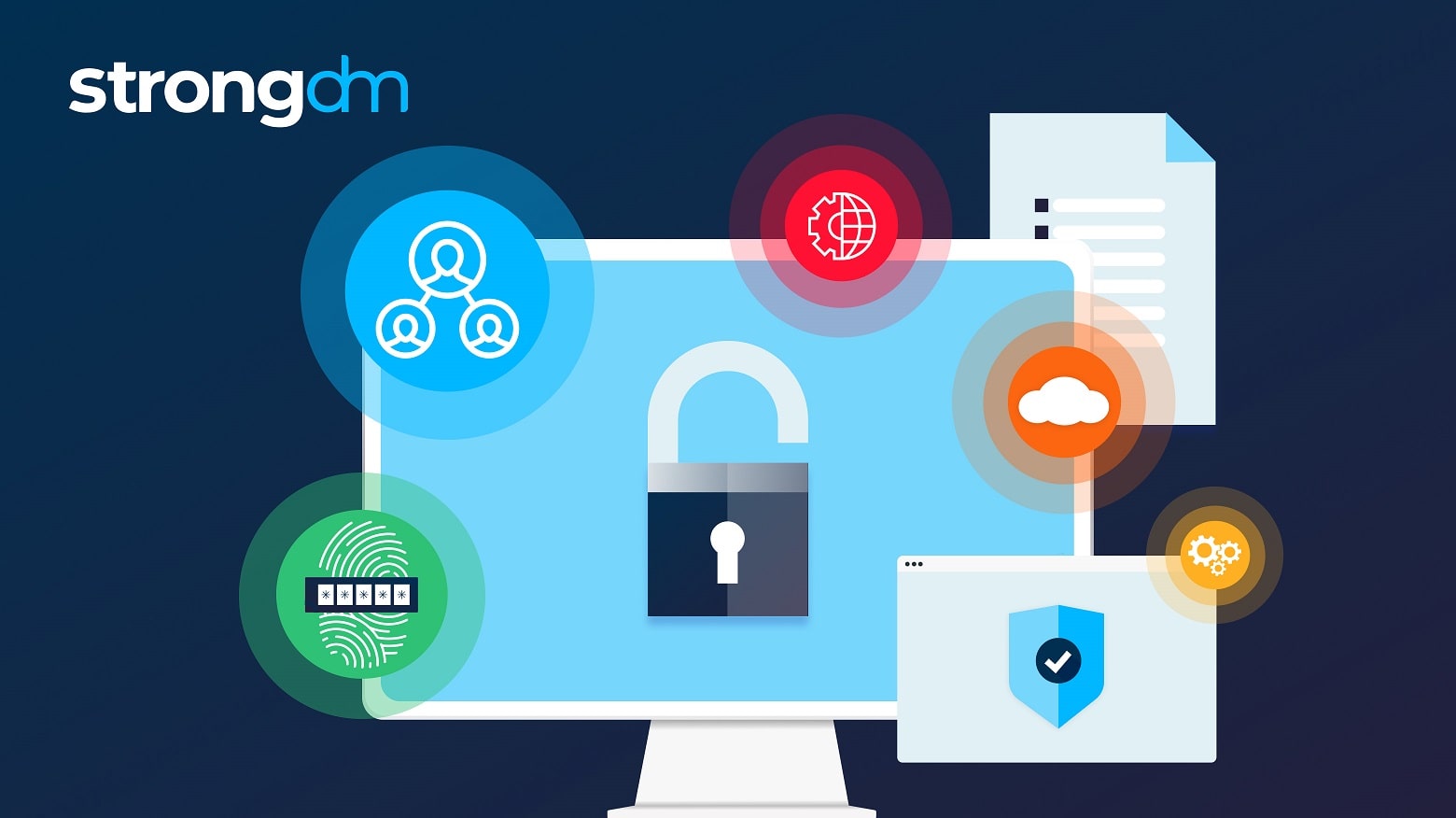
In this article, we will look at three important types of access control in security. You’ll learn about the different types of access control, how they work, and their pros and cons. By the end of this article, you’ll understand what type of access control will work best for your organization and meet your security needs.
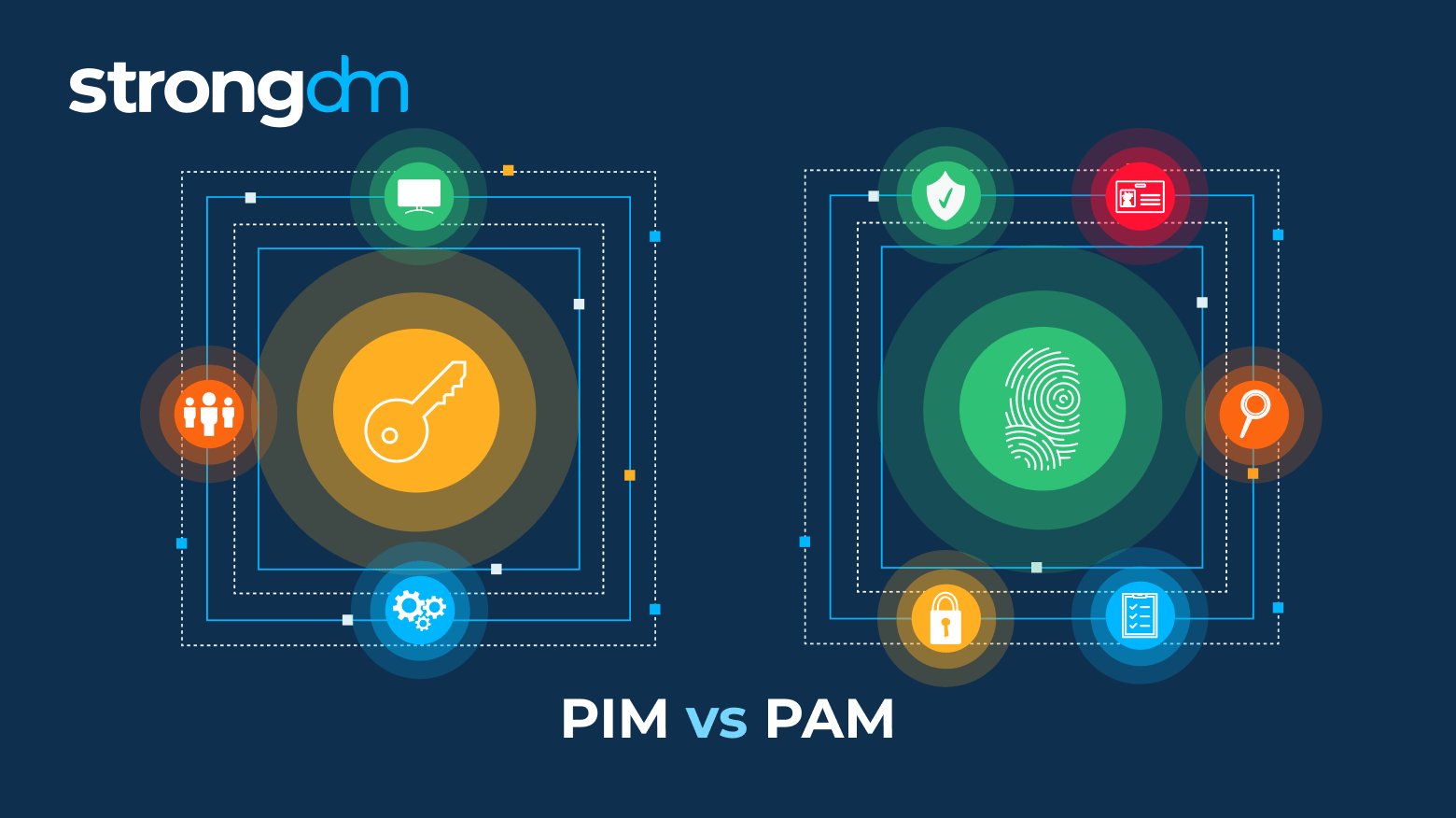
Understanding the nuances of privileged access management vs privileged identity management can be challenging. Although PIM and PAM are often used interchangeably, there is an important difference between PIM and PAM that companies should know. In this article, we’ll explain PIM vs PAM and explore how they work to demonstrate the differences between them. By the end of this article, you’ll know what role PIM and PAM should play in your security strategy.

Enterprises often have thousands of users to manage, and therefore unique requirements for their enterprise identity and access management software solutions. In this article, you’ll learn what enterprise IAM is and what to expect in a successful enterprise-wide IAM software implementation. By the end of this article, you’ll know the benefits and challenges of introducing enterprise IAM solutions in your organization.
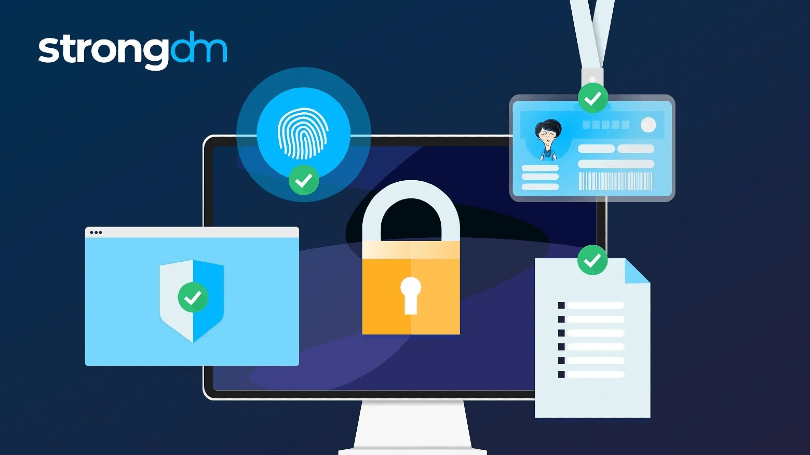
In this article, we’ll review the leading privileged access management (PAM) solutions on the market. We’ll explore the pros and cons of the top privileged access management vendors so you can easily compare the best PAM solutions. By the end of this article, you’ll feel confident choosing the right privileged access management solution for your organization.
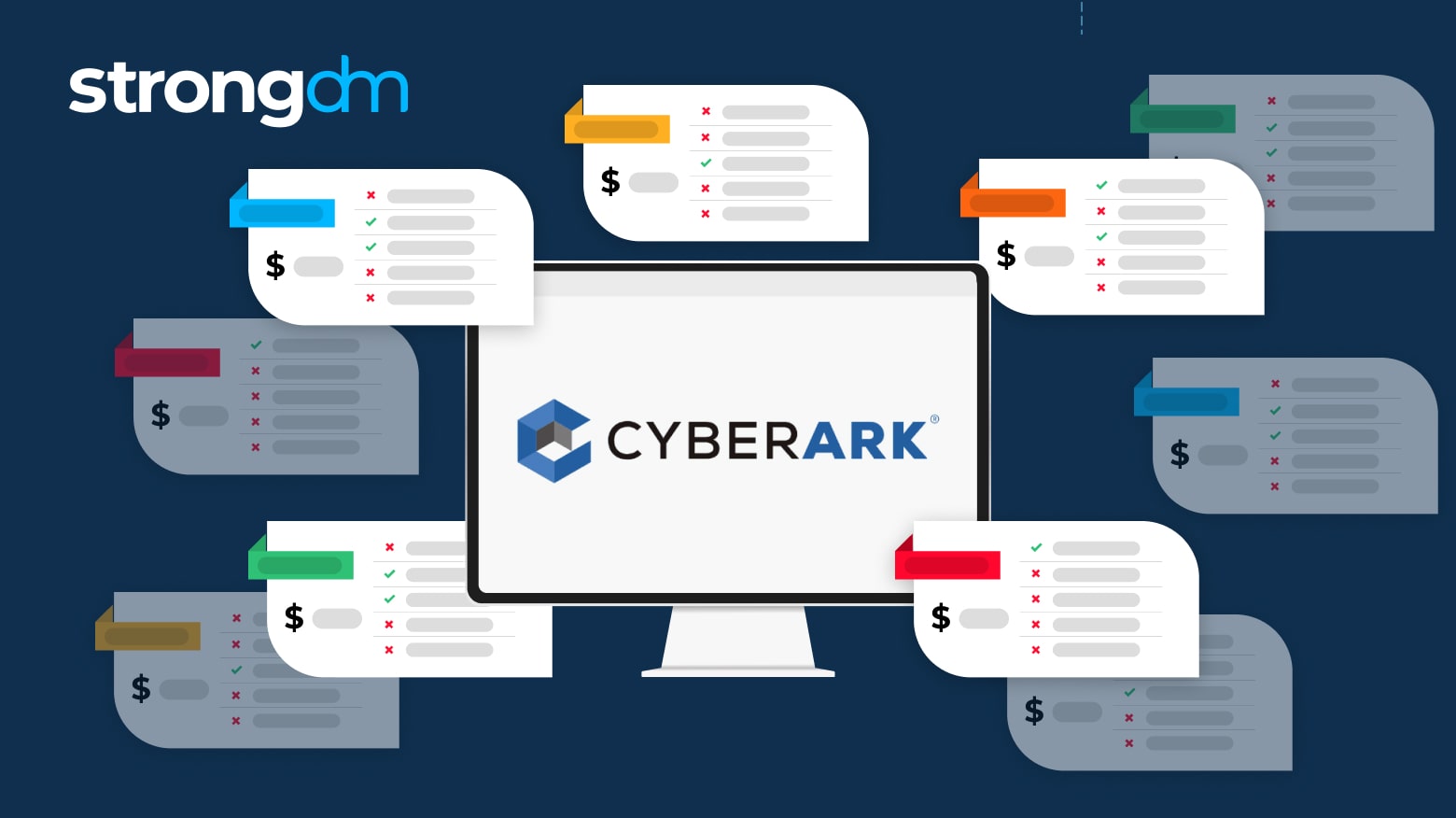
Examining the CyberArk pricing model to discover how it fits with your organization’s budget will help you make the case for a PAM solution. Here’s how CyberArk PAM pricing breaks down.
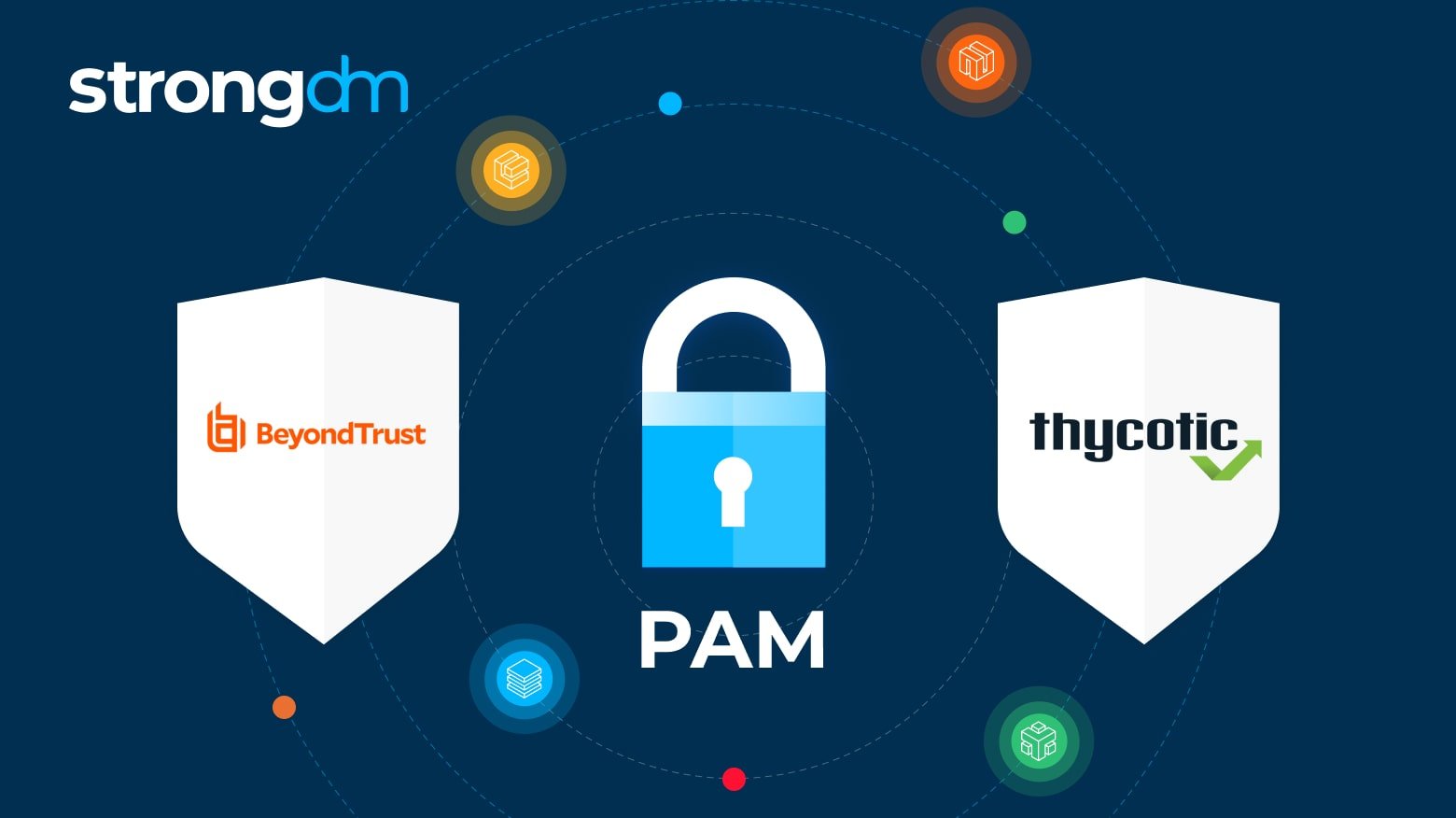
This article compares two Privileged Access Management (PAM) solutions, BeyondTrust vs. Thycotic (Delinea). It takes a closer look at how these PAM products work and how they fit in with your organization’s access management strategy. We’ll examine product summaries, use cases, and pros and cons. By the time you’re done reading this article, you’ll have a clear understanding of the similarities and differences between these PAM tools and be able to choose the tool that best fits your
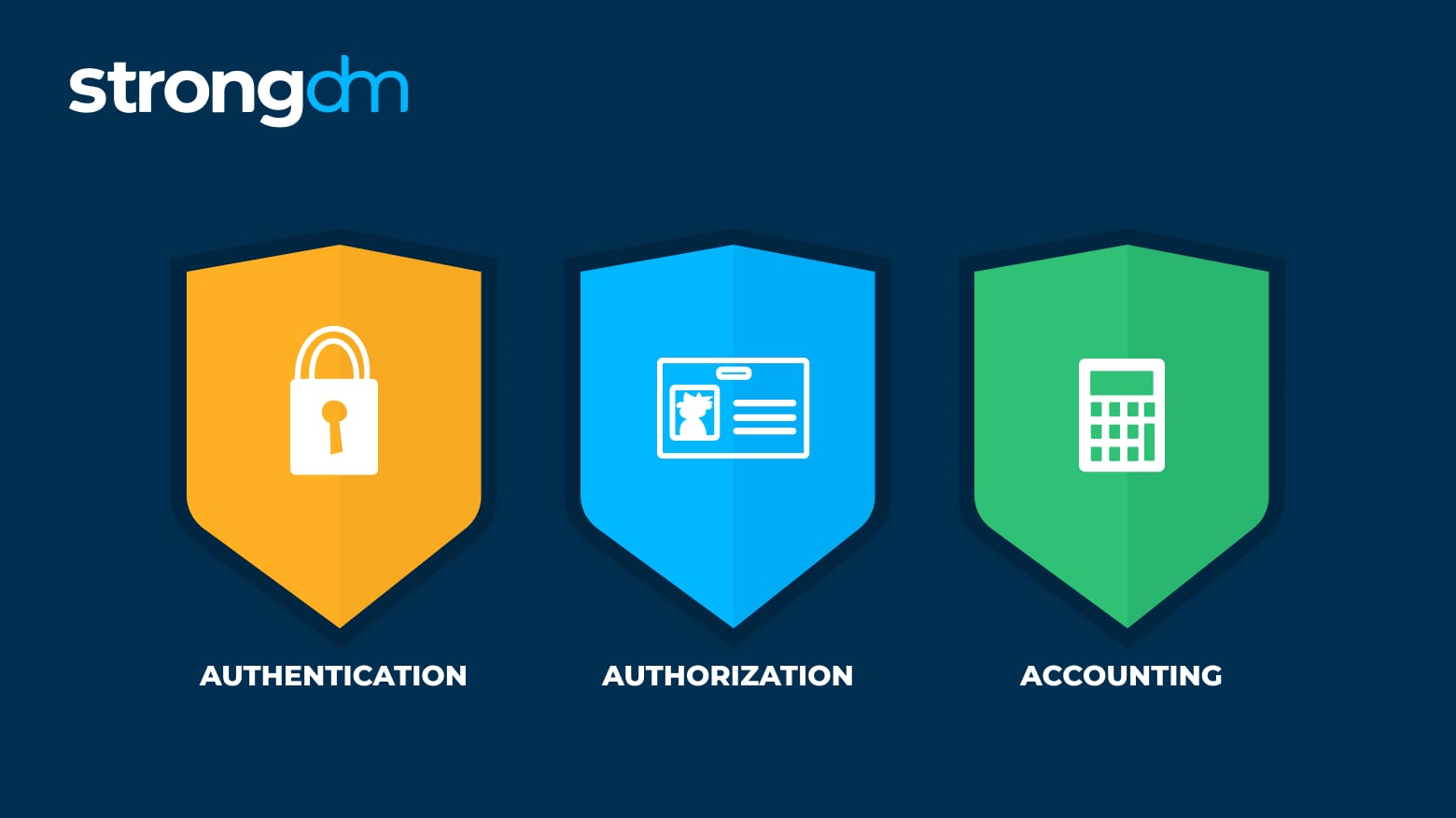
In this article, we'll cover the Authentication, Authorization, and Accounting (AAA) framework for cybersecurity, the meaning of each AAA component, and the benefits of using it for granular access control. You'll learn about different AAA protocols and how they relate to Identity and Access Management (IAM). By the end of this article, you'll fully understand AAA networking and how the model assists with network security and monitoring.
